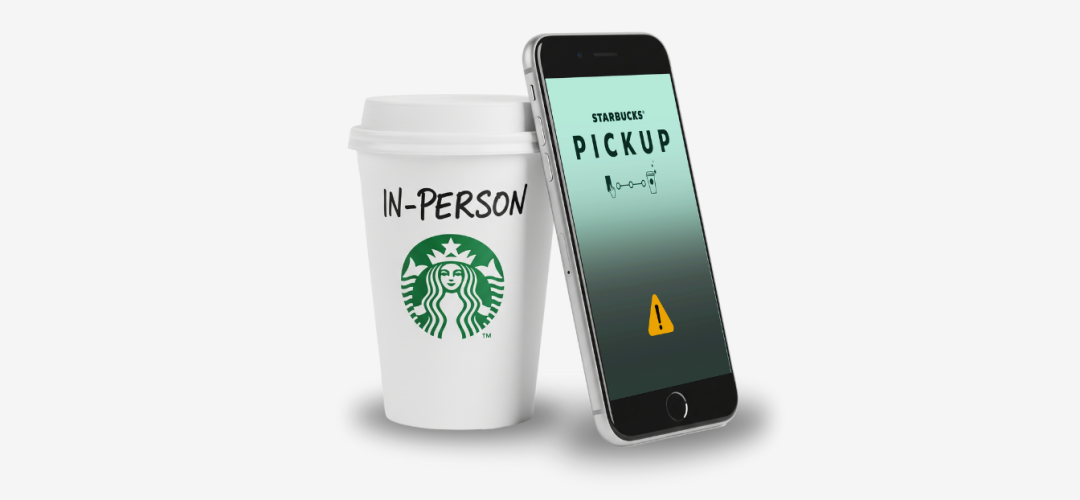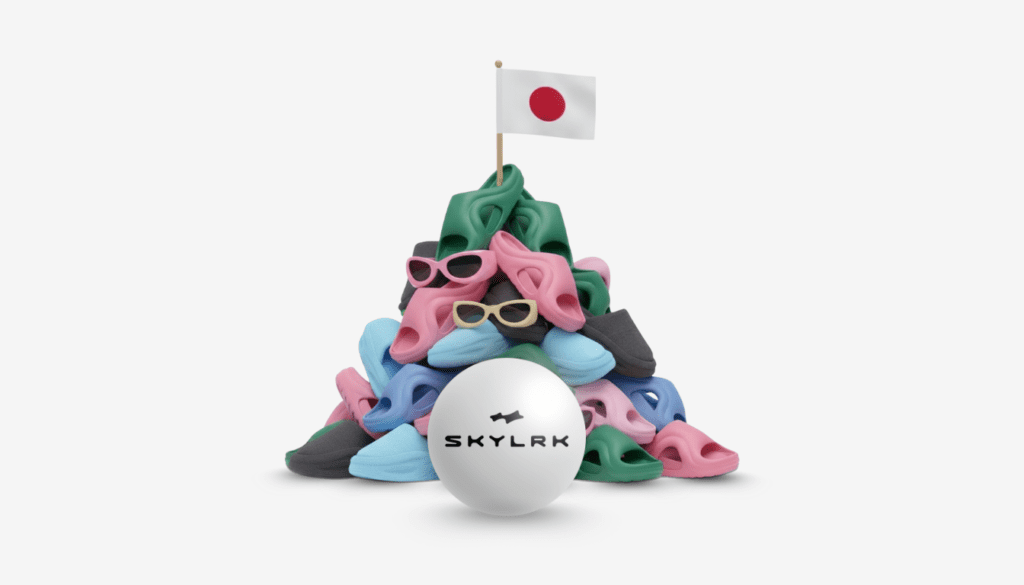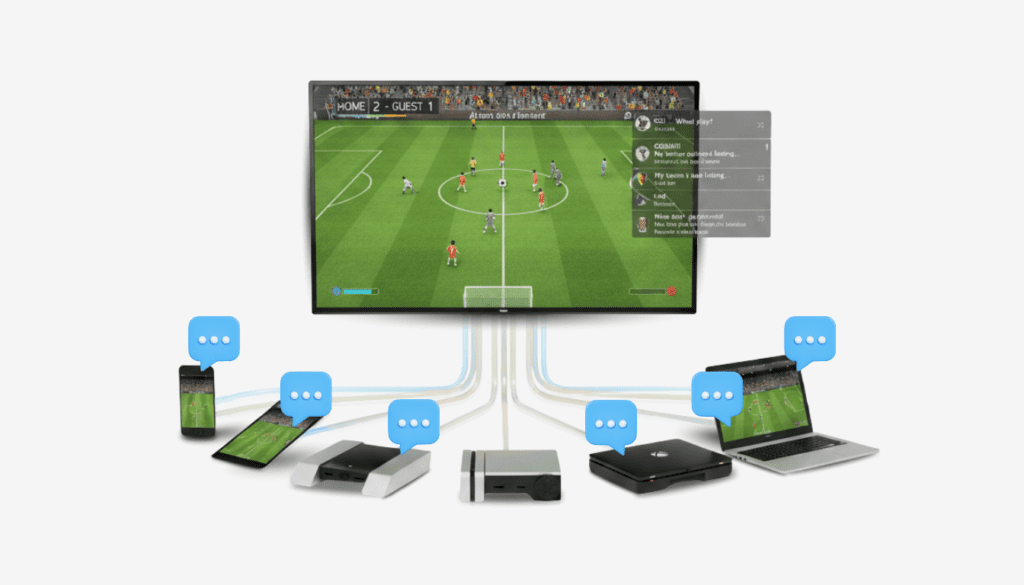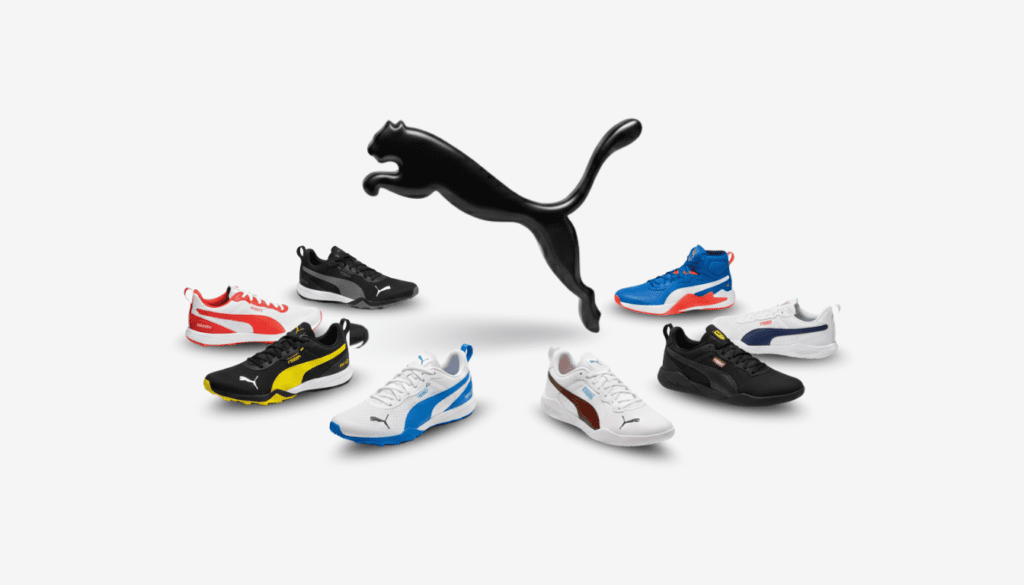In a notable recalibration of its retail strategy, global coffee giant Starbucks has announced its departure from the mobile order and pickup-only store format. The decision, revealed by company executives, underscores a profound re-evaluation of the brand’s core identity and its relationship with consumers. The move reflects a growing recognition that while efficiency and convenience hold undeniable appeal, they cannot fully substitute the intrinsic value of human connection and the welcoming ambiance that has long defined the Starbucks experience.
The Rise and Retreat of Transactional Spaces
Launched with the promise of streamlined service and rapid order fulfillment, Starbucks’s foray into pickup-only stores was initially seen as a logical response to evolving consumer habits and the increasing demand for speed. However, as Chief Executive Brian Niccol articulated, these locations, numbering between 80 and 90, predominantly situated in high-traffic areas like office buildings, ultimately fostered an “overly transactional” environment. The transactional nature, while perhaps meeting the immediate needs of some consumers, inadvertently eroded the very essence of what Starbucks has historically represented – a “third place” between home and work, a space for community, connection, and a moment of respite, which highlights a critical tension in modern retail: the pursuit of operational efficiency must be carefully balanced against the cultivation of meaningful customer experiences.
Brewing a New Café Culture
Signaling a clear intent to reverse this trend, Starbucks is actively developing a new store prototype dubbed the “coffeehouse of the future.”, featuring 32 seats and a drive-thru, represents a deliberate move towards, fostering longer dwell times and richer in-store interactions. The initiative aligns with Niccol’s vision since taking the helm, emphasizing the creation of more welcoming environments and a renewed investment in both physical stores and employee training. Moreover, the company’s commitment is underscored by a significant $500 million investment aimed at bolstering staffing levels in U.S. company-operated stores. This financial commitment to “Green Apron Service” reflects an understanding that the human element – the interaction between barista and customer – is indispensable to the Starbucks brand experience.
Weaving Connection Back into the Narrative
This shift carries significant implications for Starbucks’s marketing endeavors. The company will likely pivot its messaging away from a singular focus on speed and convenience, instead emphasizing the in-store experience, the artisanal quality of its offerings, and the sense of community that its cafes aim to cultivate. Thus, the “coffeehouse of the future” prototype itself will undoubtedly become a central visual and narrative element in upcoming campaigns.
Furthermore, the role of the Starbucks mobile app, while remaining crucial for order placement and loyalty engagement, will likely be re-integrated into the broader store experience, acting as an enabler rather than a replacement for in-person interaction. The marketing narrative will likely revolve around slowing down, savoring the moment, and experiencing the genuine connection that Starbucks believes sets it apart in an increasingly competitive landscape.
Navigating a Competitive Landscape and Financial Realities
The decision to move away from pickup-only stores also comes at a crucial juncture for Starbucks, amidst a backdrop of increasing competition and a recent sales slump. Rivals are actively vying for market share by emphasizing speed and lower price points. By doubling down on its unique “third place” identity and investing in the in-store experience, Starbucks is seeking to differentiate itself not only on transactional efficiency, but also on the holistic value proposition it offers. The recent decline in same-store sales underscores the urgency of this strategic adjustment. While acknowledging the uncertain consumer environment, executives express confidence that these investments, along with the renewed focus on customer experience, will ultimately drive improved financial performance. The initial positive reaction from investors, with Starbucks shares seeing an uptick, suggests a market belief in the potential of this renewed strategic direction. In the dynamic landscape of global coffee culture, Starbucks is betting that its soul, not just its speed, will ultimately prevail.









